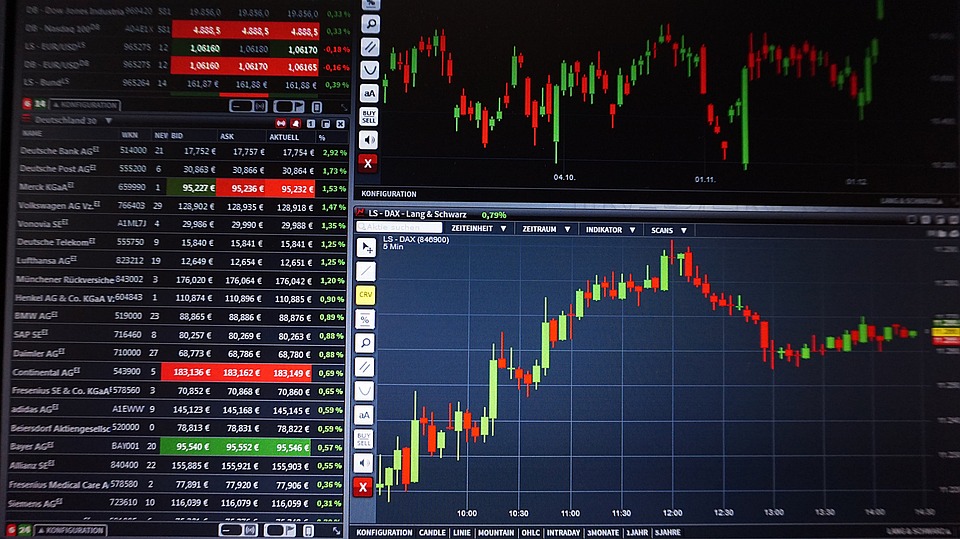Trading bonds in Australia can be a lucrative investment opportunity for both new and experienced traders. Bonds are a form of fixed-income securities that represent a loan made by an investor to a government or corporation. In return, the issuer pays the investor a fixed interest rate over a specified period, with the principal amount repaid at maturity. Bond trading in Australia is a well-established market with a wide range of investment opportunities and trading platforms available to investors.
One of the key advantages of trading bonds in Australia is the relatively stable and predictable returns they offer compared to other forms of investments such as stocks or commodities. Australian bonds are typically issued by the government (commonly known as government bonds) or by corporations (known as corporate bonds). Government bonds are considered low-risk investments as they are backed by the full faith and credit of the government. On the other hand, corporate bonds offer higher yields but also come with higher risks as they are dependent on the financial health of the issuing corporation.
When it comes to trading strategies, there are several approaches that traders can adopt to maximize their returns and manage their risks effectively. One popular strategy is called bond laddering, where investors diversify their bond portfolio by investing in bonds with different maturities. This helps spread out the risk and ensures a steady stream of income over time. Another strategy is called bond duration matching, where investors match the duration of their bond portfolio with their investment horizon to minimize interest rate risk.
In terms of trading platforms, Australian investors have access to a wide range of options including online brokerage platforms, bond mutual funds, and bond exchange-traded funds (ETFs). These platforms provide investors with the flexibility to trade bonds easily and efficiently, as well as access to a diverse range of bond offerings from both domestic and international issuers.
When it comes to performance metrics, there are several key indicators that investors should consider when evaluating their bond investments. These include yield to maturity (YTM), duration, credit rating, and bond spreads. YTM measures the total return an investor can expect to receive if they hold the bond until maturity, while duration measures the sensitivity of a bond’s price to changes in interest rates. Credit rating provides an indication of the issuer’s creditworthiness, while bond spreads measure the difference in yield between corporate bonds and government bonds.
In terms of market analysis, Australian bonds are influenced by a variety of factors including interest rates, inflation, economic conditions, and geopolitical events. Traders can use technical analysis and fundamental analysis to identify trading opportunities and make informed decisions. Technical analysis involves studying historical price data and chart patterns to predict future price movements, while fundamental analysis involves evaluating the financial health of the issuer and broader market trends.
In conclusion, trading bonds in Australia offers investors a stable and predictable investment opportunity with a range of trading strategies, platforms, and performance metrics to consider. By understanding the key concepts and market dynamics related to Australian bonds, investors can effectively manage their bond portfolio and take advantage of emerging trends in the market. With the right approach and knowledge, bond trading in Australia can be a rewarding and profitable experience for investors of all levels.








